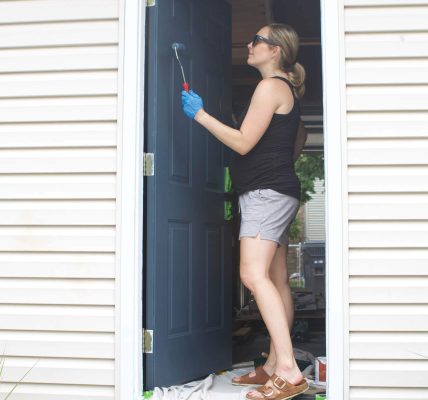Wet/dry vacuums, those workhorses often referred to as “shop vacs,” boast a surprising range of talents. Beyond their traditional role as dust-devouring behemoths, these multi-functional machines excel at water removal, making them invaluable assets for tackling unexpected spills, floods, and other watery mishaps. This guide delves into the proper techniques and considerations for using a wet vac for water, ensuring efficient cleanup and protecting your investment in this versatile power tool.
Gearing Up for the Gush: Essential Preparations Before Using a Wet Vac for Water
Before diving headfirst into the watery battlefield, a few crucial preparations ensure a smooth and efficient cleanup operation:
-
Assessing the Situation: The first order of business is evaluating the scope and severity of the water damage. Small spills in the kitchen can be handled differently from a flooded basement. Assess the volume of water, the affected area, and the source of the leak (if applicable). This will help determine the appropriate course of action and the size and power of the wet/dry vacuum needed.
-
Choosing the Right Equipment: Wet/dry vacuums come in a variety of sizes and with varying suction capabilities. For small spills, a compact wet/dry vac might suffice. For larger volumes of water, a more powerful model with a larger capacity tank is recommended. Consider features like automatic shut-off mechanisms that prevent the tank from overflowing and damaging the motor. Additionally, ensure the wet/dry vacuum is equipped with a dedicated wet filtration system, often a foam sleeve or a specially designed filter, to prevent water damage to the motor.
-
Safety First: Water and electricity can be a dangerous combination. Before using your wet/dry vac, ensure the area is free of electrical hazards. Unplug any appliances or electronics that may have come into contact with the water. Use a GFCI (Ground Fault Circuit Interrupter) outlet for added safety. Don’t wade into standing water while operating the vacuum; wear waterproof boots if necessary. Finally, consult your wet/dry vacuum’s user manual for specific safety instructions and limitations.
Mastering the Mop and the Machine: Effective Techniques for Water Removal
With preparations complete, it’s time to unleash the water-sucking power of your wet/dry vacuum:
-
Banishing Bulk Liquids: Begin by removing large volumes of water with the wet/dry vacuum’s suction power. Use a wide-mouth attachment for optimal water removal. Work your way from the edges of the flooded area towards the center, pushing the water with a squeegee or mop if necessary. Avoid overloading the tank by emptying it frequently to maintain suction efficiency.
-
Tackling Tough Corners and Crevices: Once the bulk of the water is gone, it’s time to target those stubborn pockets of moisture that tend to linger in corners, crevices, and under furniture. Here, specialized attachments become your allies. Use a crevice tool for narrow spaces and an upholstery attachment for soaked carpets or furniture. These attachments allow for focused water removal and minimize the risk of damaging delicate surfaces.
-
Reaching for Residual Moisture: Even with the best efforts, some residual moisture might remain. For these situations, some wet/dry vacuums offer optional features like a blower function. This function allows you to convert the vacuum into a powerful blower, directing a stream of air to expedite the drying process in hard-to-reach areas or promote faster evaporation from carpets and upholstery.
Beyond the Cleanup: Essential Post-Use Maintenance for Your Wet Vac
The job isn’t done once the visible water is gone. Proper post-use maintenance ensures your wet/dry vacuum remains in top condition and ready for the next aquatic challenge:
-
Emptying the Water Reservoir: This might seem obvious, but proper disposal of the collected water is crucial. If the water is clean (think spilled bathtub water), it can be safely disposed of down the drain. However, for floodwater or water contaminated with sewage or cleaning products, proper disposal methods might be necessary to avoid environmental or health hazards. Consult your local authorities for guidance on contaminated water disposal.
-
Drying the Interior Thoroughly: Don’t underestimate the power of a good drying session. Disconnect the wet/dry vacuum from the power source and remove any remaining water from the tank and hoses. Leave the canister and attachments open in a well-ventilated area to allow for complete drying.




